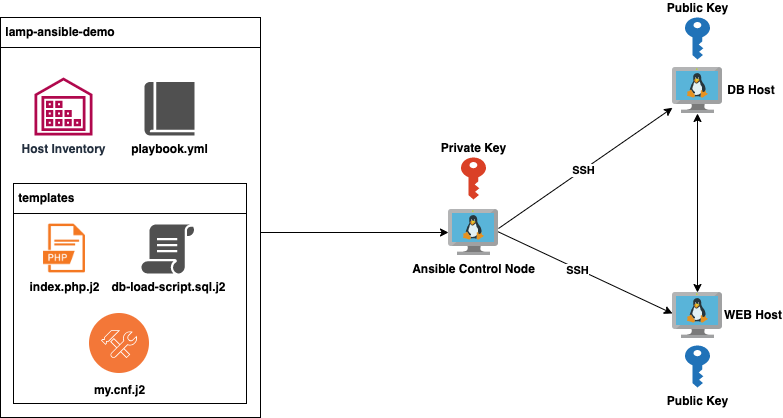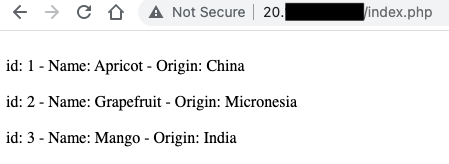Automating IT tasks is crucial to systems administration as we move towards a more digital working realm. The use of software to execute job tasks is called task automation. Task automation enhances workflow accuracy and consistency while also enabling more efficient operations. Above all, task automation automates manual procedures and reduces the effort necessary to achieve a specific outcome.
Here, let us consider configuration management tools such as Ansible.
What is Ansible?
If you are in IT, you have probably often come across Ansible.
Ansible is a comprehensive automation tool or platform used for IT activities, including configuration management, intra service orchestration, application deployment, and provisioning. Automation is critical these days, with complex IT infrastructures that need to expand frequently. This is tedious for system administrators and developers to keep up if everything is done manually. Automation simplifies complicated tasks, making developers’ jobs easier and allowing them to focus their attention on other functions that offer more value to the organization.
These tools enable faster execution when configuring infrastructure and aim to provide visibility to help other teams across the enterprise work quickly and more efficiently.
This article explains how to use Ansible to deploy a LAMP (Linux, Apache, MySQL, and PHP) stack application on the Virtual Machines runs in Azure.
Prerequisites
To execute the Ansible playbook, you’ll need:
- Ansible control node with Ansible installed and configured to connect to web and database Ansible hosts using SSH keys
- One Ansible host to deploy web stack
- One Ansible host to deploy database stack

What does this Playbook do?
Ansible Playbooks allow you to direct the Ansible control node to configure your Ansible hosts. Playbooks are expressed in YAML format with a minimum of syntax and are human-readable. Jinja2 templates are used to enable dynamic expressions and access to variables from inventory.
Running this Playbook will perform the following actions on your Ansible hosts:
- Install the required packages on the respective hosts
- Install MariaDB on the database host
- Configure firewall rules for web and database host
- Configure database, setup user and privilege on the database host
- Load sample data to database
- Configure and start httpd on the web host
- Move the index.php file to the web host
- Update the index.php file to connect to the database host
Once the Playbook has finished running, you will have a web PHP web page running on top of httpd, based on the options you defined within your inventory file.
How to use this Playbook?
The first thing you need to do is clone this repository to a local folder inside the Ansible Control Node and edit the Playbook’s inventory file to update the configurations. Once you update the inventory file, save and close this file. You are now ready to run this Playbook on one or more servers.
To execute the Playbook, you can use the following command:
ansible-playbook playbook-centos.yml -i inventory (OR) ansible-playbook playbook-redhat.yml -i inventory
When the Playbook is finished running, go to your web browser and access the website with the IP address of the web host, as configured in the inventory file, followed by index.php
http://web_host_or_ip/index.php
You will see a page like this:

Wrap-Up
In this article, we used Ansible to automate installing and setting up a LAMP stack web application on virtual machines hosted on Azure. Feel free to modify these to suit your individual needs within your workflow.
